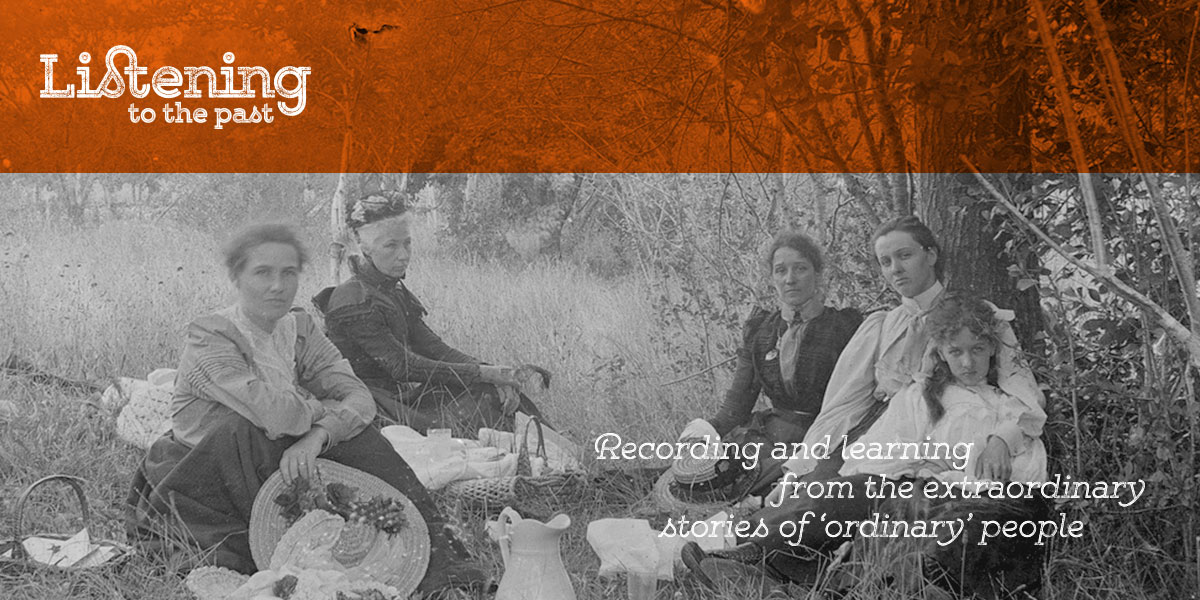Regardless of whether you are interviewing a family member for your genealogy research, or a community member for an oral history project, it’s important to use the best digital recorder that you can. You want your interview to last!
Imagine that you are taking photos, but using a very poor quality camera with low image resolution. This camera only saves images in 256 colours in a file format that is compressed. Every time you make a copy of the file, the image quality gets worse. If you start with a poor quality image, you’ll soon find you won’t be able to make out important features in the copies. In future generations, the photo would be all but useless.
 The same applies to audio files. The recorded file needs to be high quality and the audio-equivalent of high resolution and lots of colours. So what exactly does this mean? Here are some of the key features to look for in digital recorders:
The same applies to audio files. The recorded file needs to be high quality and the audio-equivalent of high resolution and lots of colours. So what exactly does this mean? Here are some of the key features to look for in digital recorders:
1. Sampling rate
The number of samples the recorder takes every second is called the sampling rate. Your recorder should record 48 000 samples per second (48 kHz).
2. Bit depth
Each sample that you record has a number of bits (analogous to number of colours). You should record at a minimum bit-depth of 24-bit. Recording at a lower bit depth is like taking a photo with a limited colour palette.
3. File format
The type of file that your recorder produces is important. It should be an uncompressed file format, such as WAV or AIDD. Many cheaper recorders and smartphones use compressed format such as MP3 as their default. These formats are lossy, meaning that information is being lost as the file is saved. These file types are not suitable for oral history recordings.
4. Stereo recording
You should use stereo recording with two external microphones: one for the interviewee and one for the interviewer. The microphones should have separate sensitivity controls on the recorder, so that you can adjust for the situation in which one person has a louder or quieter voice than the other.
 5. Microphone responsiveness
5. Microphone responsiveness
It’s not enough to have an excellent digital recorder. You also need good quality external microphones. Humans can hear sounds in the range 20 Hz to 20 000 Hz, so the microphones you use should also have this sensitivity range. If they do not, they will be cutting out low or high frequencies, and this will mean the voices will not be faithfully recorded.
For more information:
- The Oral History Handbook, by Beth Robertson, gives an excellent overview of what to look for in digital recording equipment, and what to avoid.
- Understanding microphones. An excellent article from the Oral History in the Digital Age website.
- Digital audio recording. A more detailed article about the features of digital recorders, from the Oral History in the Digital Age website.

1 thought on “What features are important in digital recorders for oral history?”